It’s certainly too difficult to build a PC when you don’t know what credentials you need to look for, Like, look at one of the highly required components, a motherboard. A motherboard is one of the vital components to the foundation of your gaming computer. Apart from the CPU being the brain of your computer, you cannot perform or do anything unless there is no compatible motherboard with the perfect features you require for your new build.
If you’re curious to find out how to choose a motherboard for gaming as you are going to build a gaming system in the next few days and you are looking for its parts, this is the place for you.
Well, with so many different motherboards available from other manufacturers, you have a lot to choose from. Throughout this article, you’ll learn about the various components and how to choose which is right for you. If you’re a gamer and want to take your gaming setup to the next level, stay with me, and determine if a new motherboard is a way to do it. Let’s get this conversation started.
So, How to Choose a Motherboard for Gaming
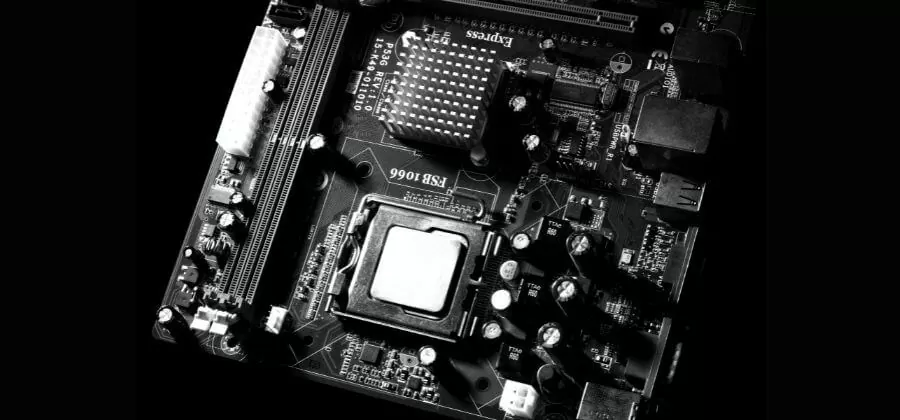
To make it much easier for you, I will represent some of the highly important factors you need to ensure when you have a motherboard for your gaming PC. This guide would be much helpful to you if you consider the following factors while making a purchase. Let’s have a deeper look at them.
Type of CPU:
Perhaps the first decision to make is whether or not you’d prefer AMD or Intel as your CPU brand; then, you can prioritize from there. Both companies go from lower-end but still useful CPUs for those who deal primarily with web browsing, productivity programs, and low-end gaming right up to the most powerful CPUs capable of ripping through video editing projects and running incredibly demanding games at ultra-high frames-per-second.
Both AMD and Intel frequently upgrade their GPUs and CPUs, respectively, which means that things can change quickly. Still, we’re here to tell you about the latest technology in the graphics and processor departments. Though, as of the release date of this e-Book, AMD is currently on both its 2nd and 3rd generations of CPU while Intel has either just recently released their 11th generation or is releasing it soon. Each has its list of pros and cons, which you should keep in mind – something that can be better understood once you find out your software and hardware needs.
As soon as you know what CPU is right for you, then you need to get a motherboard with the right socket and chipset. A socket (or slot) is like a sheath. (Check best CPU for RTX 2060). It’s where your processor will be placed and secured in place. Chipsets are the software and hardware that allow communication between different components within your computer, such as memory or video cards.
Type of Socket:
To determine the type of socket you need for your gaming motherboard, you need to know the kind of processor you will be using. It is important to know that there are two types of sockets: LGA and PGA. The LGA socket is used for Intel processors, while the PGA socket is used for AMD processors. PGA is the older and less expensive system, while LGA is the newer and more costly system. You can tell these two sockets are apart because PGA has a locking lever while LGA has a locking notch. These two sockets are also incompatible with each other. If you have an Intel processor, choose the LGA socket.
Moreover, each Motherboard may appear to be different from one another, especially if it’s an Intel motherboard or an AMD motherboard like Ryzen 7 3600x – but that’s because many of them are developed with segregated lineages in mind. For example, earlier models might use AM3 or AM2 chipsets and different LGA sockets depending on the processors for which they were designed. This is why it’s important to pay attention to what type of socket you’ll use so your processor will have something solid to build upon.
Types of Motherboards or Form factor:
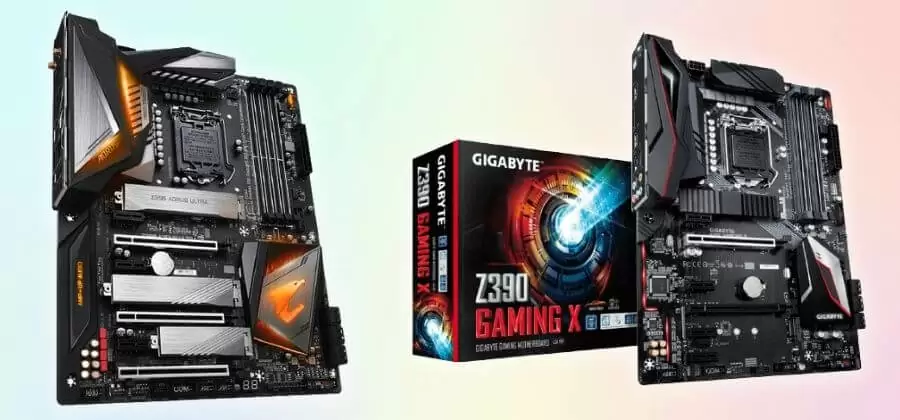
Motherboards come in many different types. The most common motherboards are ATX, Micro ATX, and Mini ITX. The difference between them is the size, the number of expansion slots, and the number of memory slots.
ATX: The first of these is the ATX form factor. ATX is the most common type and the one typically found in pre-built computers. Normally, you can think of an ATX board as a mid-tower or full-tower-sized board that will fit into any case with mounting brackets for such a motherboard. Large cases like this tend to offer a plethora of features due to their increased volume and available space. That’s our top tip right there.
mATX: mATX Is the next size, followed by mATX, which is a bit smaller than ATX. This is the perfect solution for smaller builds or more budget-friendly builds. The smaller size naturally means sacrificing some features, but keep in mind that not all smaller motherboards are poor options for gaming. It may have fewer expansion and RAM slots than the ATX model, but it could be just as capable of a gaming motherboard as its bigger siblings.
Mini ITX: Mini ITX motherboards are the smallest stock model currently in production, roughly at half the size of standard ATX models. Since they are only compatible with certain models, they may require getting used to when constructing your very first build at home – but you can always start your journey with one of these bad-boys once you’re ready to venture into more challenging territory.
Extended ATX: Finally, there’s the Extended ATX, which is the largest size available. In typical builds, these are rarely used, and only those who are proficient in playing with PC hardware will use them for dual-CPU and Quad-GPU setups.
Number and types of ports:
You will need to check out the ports present in the Motherboard. The Motherboard you are looking for your gaming needs should have at least three. But If you are doing video editing, you can go for four. Now you should check the number of USBs. If you are looking for a motherboard for your gaming PC, make sure that the Motherboard has at least ten USB ports. You should check out how many slots are available for installing RAM. If you are looking for a motherboard for a gaming PC, the number should be at least four.
Next, check out how many slots are available for installing your graphics card. If you want to install the graphics card externally, you should check out the number of available slots. You should check out whether or not SLI or Crossfire is supported.
RAM compatibility:
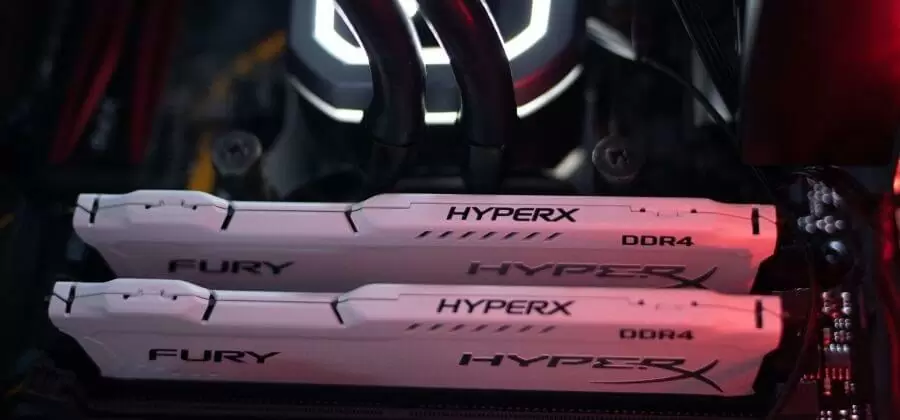
Another important consideration when choosing a motherboard is to ensure that it will work with your selected RAM module. You can Check RAMs for Fortnite. Motherboards support only one kind of RAM at most – so you should buy up an ATM-DDR4 RAM module and go for a motherboard that supports it too! You’ll need to ensure that the board supports the specific RAM type – this means its speed and capacity, which is currently outlined by standards of DDR4. However, older models may utilize DDR3. In the next few years, DDR5 is also likely to become available, but that shouldn’t be a major concern for now.
Also, it’s important that your Motherboard can support the speed at which you’ll be running your RAM modules. In some cases, you can select a preferred speed in the BIOS. Still, if this is not one of those acceptable settings, there may be a different option for manual configuration.
Consumption Needs:
A gaming PC usually has a higher consumption need compared with a normal PC. This is why you have to choose a motherboard that is compatible with your power consumption needs.
Check the size of the case:
You must also check the motherboard size to ensure that it will fit into the case you have already acquired. With the right Motherboard, you can build a gaming PC that will help you win those tournaments.
GPU configuration:
All devices need to be displayed onto a monitor in an interface or visual format that humans can see. Simply put, it means allowing images to appear on your screen. The computer component is responsible for this task (and others), called the graphics card. You need to make sure that the Motherboard has enough space for it, though otherwise, you won’t be able to use it at all.
Price and budget:
Yes, when it comes down to it, you do not necessarily need an expensive motherboard in order to get the job done when building your PC. Still, suppose you want something that allows you to play with cutting-edge technology like processing power faster than ever before i9’s and AMD Ryzen 9’s. In that case, you might want to consider investing a little further into a high-end board that will ensure stability and allows you to harness these features as soon as possible.
Whether you decide on one in the ballpark of $100 – $150 or choose to spend a little extra for something more appropriate to your needs, the most important thing is that you always make sure to stay informed to avoid missing out on any key features.
Brand:
Motherboards are an essential component in a computer, not just for functionality but also for the system’s identity. There is plenty to consider when picking out a motherboard. Aside from all technical specifications, you have to remember what sets your design apart from others. A good way to do this is by choosing a motherboard with distinct branding.
Hence, your computer is truly unique and instantly recognizable. There is a community of motherboards available online where you can go on and discuss everything about computers with like-minded people who love tech as much as you do!
Therefore, there are 4 main brands of motherboards that I recommend. If you’re looking for a good board, those are the ones to get: ASUS, Gigabyte, MSI, and ASRock. Their quality and performance never match up to those four brands I use! There’s no point in buying a motherboard from anywhere else.
Frequently Asked Questions
What kind of Motherboard should I get for gaming?
The answer depends on the games you want to play and your budget. Your budget should be an indicator of what quality and features you should expect. If you have a budget that allows you to buy top-of-the-line motherboards, then go for Intel’s Z170 chipset. It has all the features required to maximize your gaming experience. If you want to play games like World of Warcraft and Poker, you don’t need to spend much money on a motherboard.
Is having a good motherboard important for gaming?
For a gamer, his Motherboard must be compatible with new and old technologies. A good motherboard can perform better as well as last longer. You should buy a motherboard that supports the processor you have purchased and the best memory. A motherboard is a platform on which other components are placed. It provides a place where the CPU, VGA card, hard drives, memory, etc., are all mounted. A good motherboard should have a clean layout, a great BIOS interface, and a good overall design.
How do you know if it is a good motherboard for gaming?
First of all, it all depends on what you are willing to spend. If you are more interested in having fun overplaying some serious games, you can consider the cheaper alternatives. Your Motherboard should have more than 4 USB 2.0 ports. Additionally, if you intend to install the operating system over a network, you’ll need a good network adapter. Otherwise, it mostly comes down to personal preference.
Summary:
Any gaming PC would be incomplete without a motherboard. The system’s foundation connects all of the other components of the machine. There are many different features that you can look at when you’re trying to find how to choose a motherboard for gaming. And we hope that we have described them well.
With this, we hope this article has helped you select your next gaming motherboard! I appreciate you taking the time to read this post; we’re always thrilled to provide information on a topic like this! Moreover, You may contact us at any time if you have any more questions or concerns about building your own gaming PC.
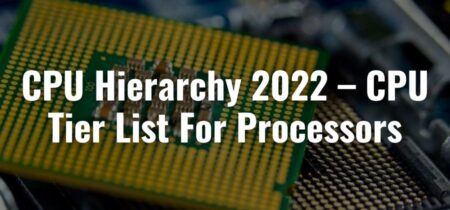
![How To Fix A CPU Cooler Not Lighting Up? [New Guide 2023]](https://www.drtechreviews.com/wp-content/uploads/2022/07/How-To-Fix-A-CPU-Cooler-Not-Lighting-Up-450x210.jpg)
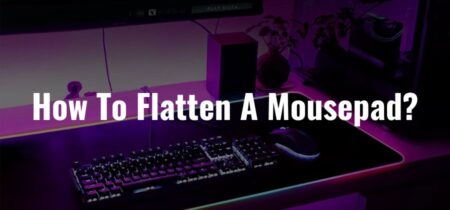
![Why Is My CPU Cooler So Loud? [Facts 2023]](https://www.drtechreviews.com/wp-content/uploads/2022/07/Why-Is-My-CPU-Cooler-So-Loud-450x210.jpg)
![Fix Dual Monitor Lag In Windows [Explanation For Beginners]](https://www.drtechreviews.com/wp-content/uploads/2022/07/Fix-Dual-Monitor-Lag-In-Windows-450x210.jpg)
![Fix A Monitor Randomly Loses Signal [Problems & Solutions 2023]](https://www.drtechreviews.com/wp-content/uploads/2022/07/Fix-A-Monitor-Randomly-Loses-Signal-450x210.jpg)